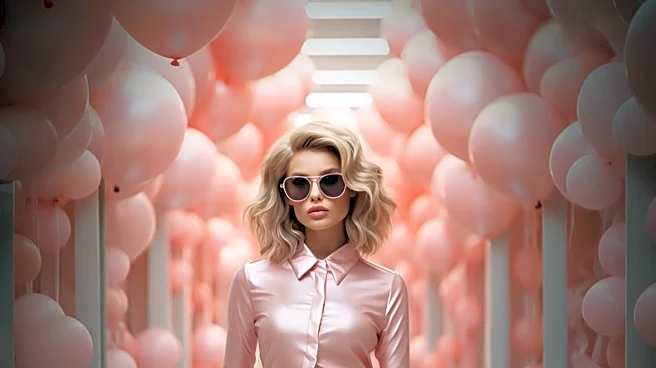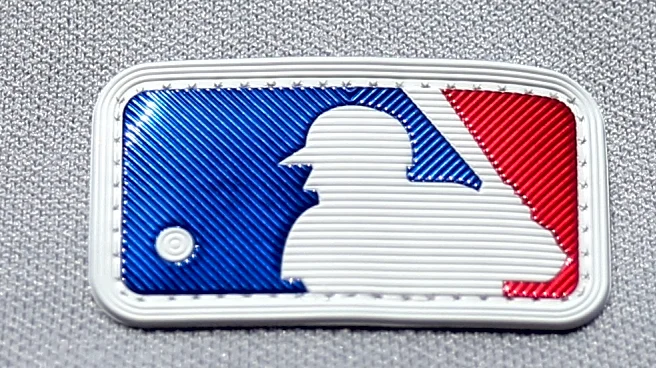What's Happening?
Neil Barnby, a former children's entertainer from Hull, has transitioned from making balloon animals to crafting intricate balloon dresses. These unique creations, which can sell for as much as £300, have
been worn by celebrities and models, including US model Alex Consani and Girls Aloud singer Nadine Coyle. Barnby describes his work as 'wearable art' and finds great satisfaction in the creative process. His designs, which can take between seven and 22 hours to complete, involve twisting hundreds of balloons into individual bubbles and weaving them together. Barnby continues to create these dresses alongside his day job as a product manager for the government.
Why It's Important?
Barnby's balloon dresses highlight a unique intersection of art and fashion, showcasing how unconventional materials can be used to create high-fashion garments. This trend not only challenges traditional fashion norms but also opens up new avenues for artistic expression. The popularity of Barnby's designs among celebrities and influencers underscores a growing interest in innovative and sustainable fashion alternatives. This could potentially influence the fashion industry to explore more eco-friendly and creative materials, impacting designers, consumers, and environmental advocates.
What's Next?
As Barnby's balloon dresses gain more attention, it is likely that demand for such unique fashion pieces will increase. This could lead to collaborations with other designers or brands interested in incorporating balloon art into their collections. Additionally, Barnby's work may inspire other artists and designers to experiment with unconventional materials, further diversifying the fashion landscape. The growing interest in sustainable and innovative fashion could also prompt industry leaders to invest in research and development of new materials and techniques.
Beyond the Headlines
Barnby's work raises questions about the sustainability and environmental impact of fashion. While balloons are not typically considered eco-friendly, the temporary nature of these dresses challenges the fast fashion model by emphasizing craftsmanship and creativity over mass production. This could lead to a broader discussion about the role of art in promoting sustainable practices within the fashion industry.













